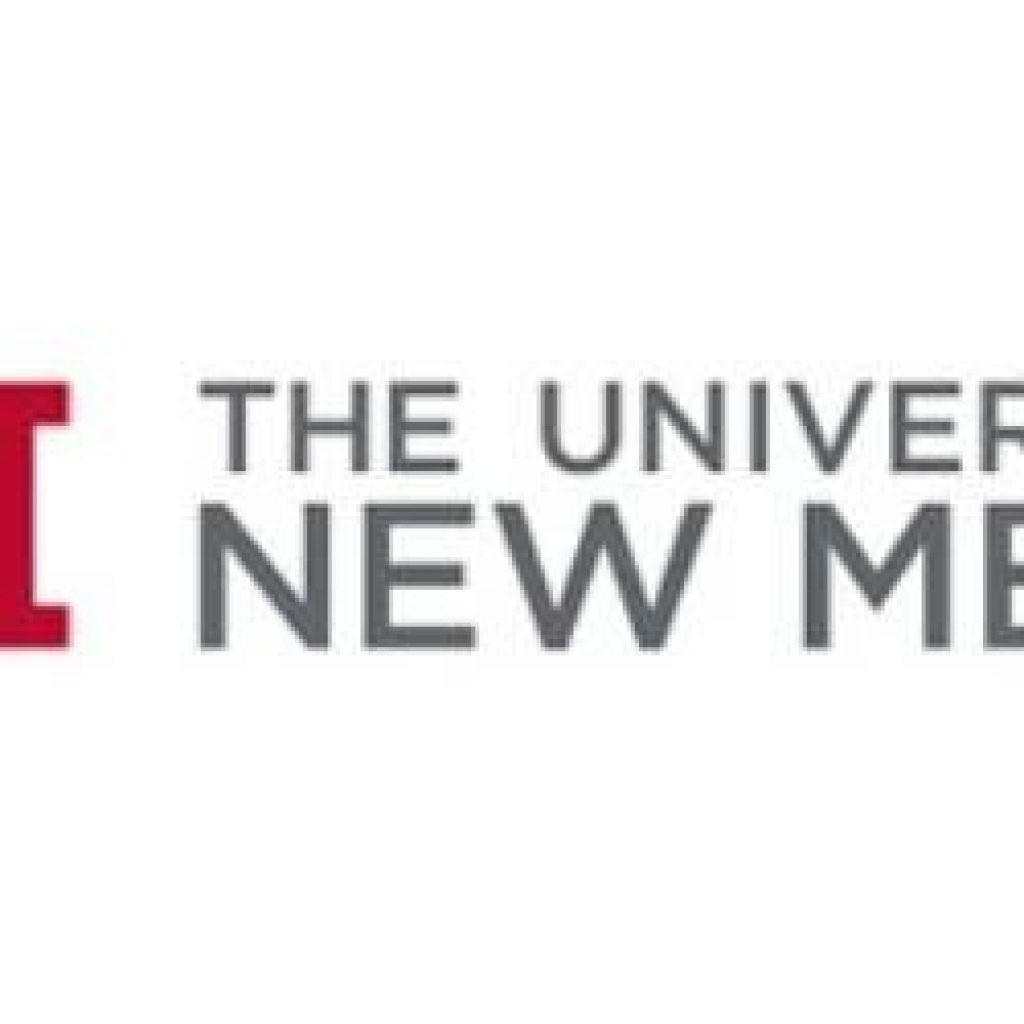(UNM.edu) The University of New Mexico’s new Quantum Undergraduate Research Experience at the Center for High Technology Materials or QU-REACH program recently concluded its first-ever 10-week session.
The program is designed to foster and leverage the longstanding and growing research infrastructure in quantum technologies at UNM, particularly at dedicated research centers such as the Center for High Tech Materials (CHTM) and CQuIC. The program provided students statewide in New Mexico’s four- and two-year higher education institutions with an early hands-on undergraduate research experience in Quantum Technologies.
“Our goal is for QU-REACH to serve as the launching point for New Mexico students to pursue further Quantum Technologies research and related careers in academia, industry, and national labs,” said Department of Physics and CHTM Associate Professor Victor Acosta. “We designed the program so that it could serve the State of New Mexico and the students within the State. We have relative strengths at UNM in the field of quantum technology, and we wanted to help introduce students throughout New Mexico to the field and give the seeds that can grow into future opportunities should they choose to pursue a career in the field.”
Projects were available in a broad range of disciplines including physics, chemistry, electrical engineering, mechanical engineering) related to the three cornerstones of Quantum Technologies which include: Quantum Sensing, Quantum Communications, and Quantum Computing.
QU-REACH is supported by a combination of grants from the Research Corporation for Scientific Advancement, National Science Foundation (both individual investigator grants) and the Q-SEnSE Quantum Leap Challenge Institute), and others. Students from historically excluded groups in STEM (including women, Hispanic, American Indian, and Black students) and students who are the first generation in their families to attend college are strongly encouraged to apply.
Last year, The University of New Mexico benefitted from a pair of grants that helped the University establish itself as a quantum technologies hub. UNM’s Center for Quantum Information and Control (CQuIC) was part of a $115 million, five-year Department of Energy grant to the Quantum Systems Accelerator (QSA), a new research center led by Lawrence Berkeley National Laboratory (Berkeley Lab). UNM was also part of a $25 million National Science Foundation (NSF) award to launch a new quantum information science and engineering research center led by the University of Colorado-Boulder.
